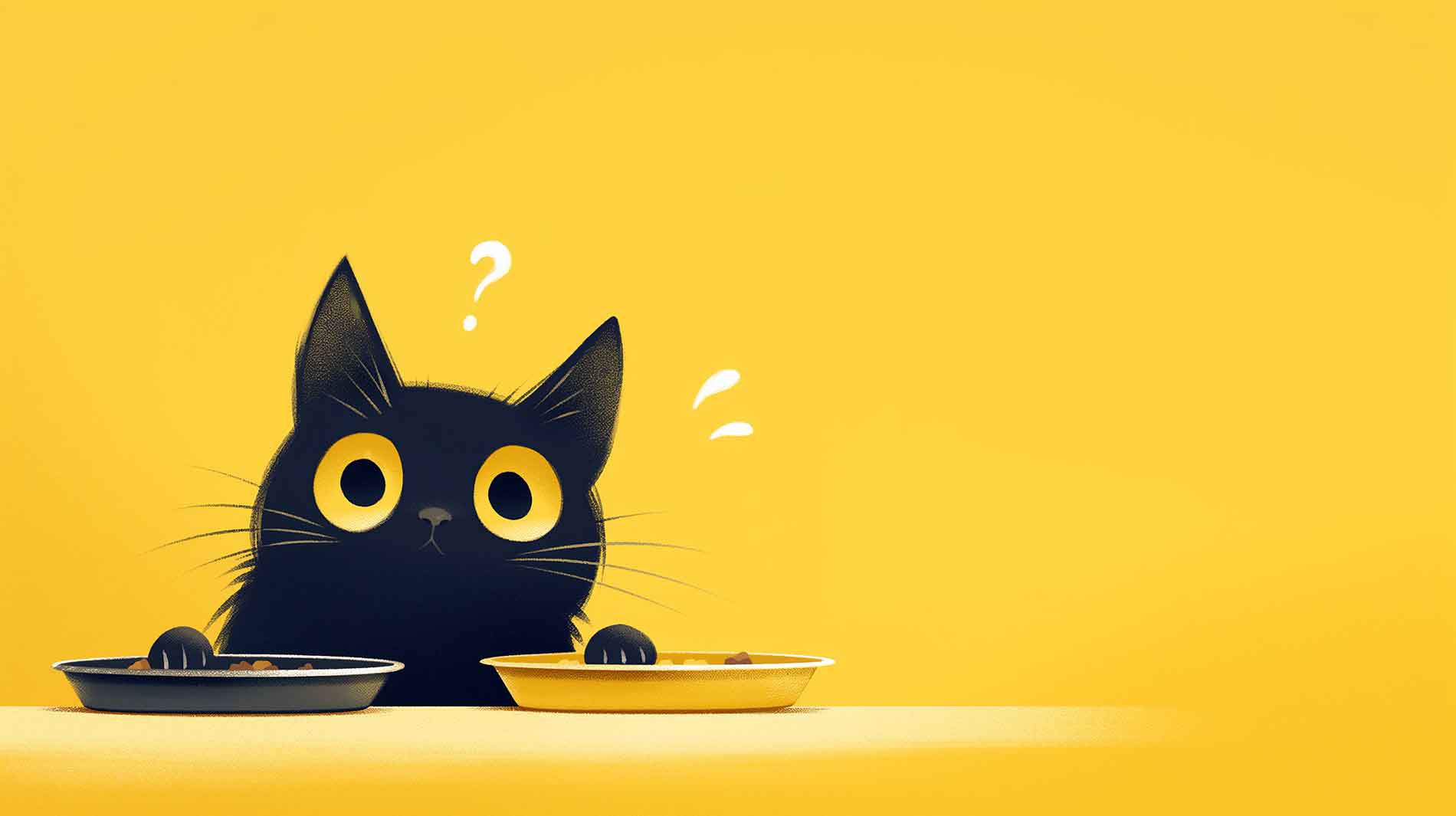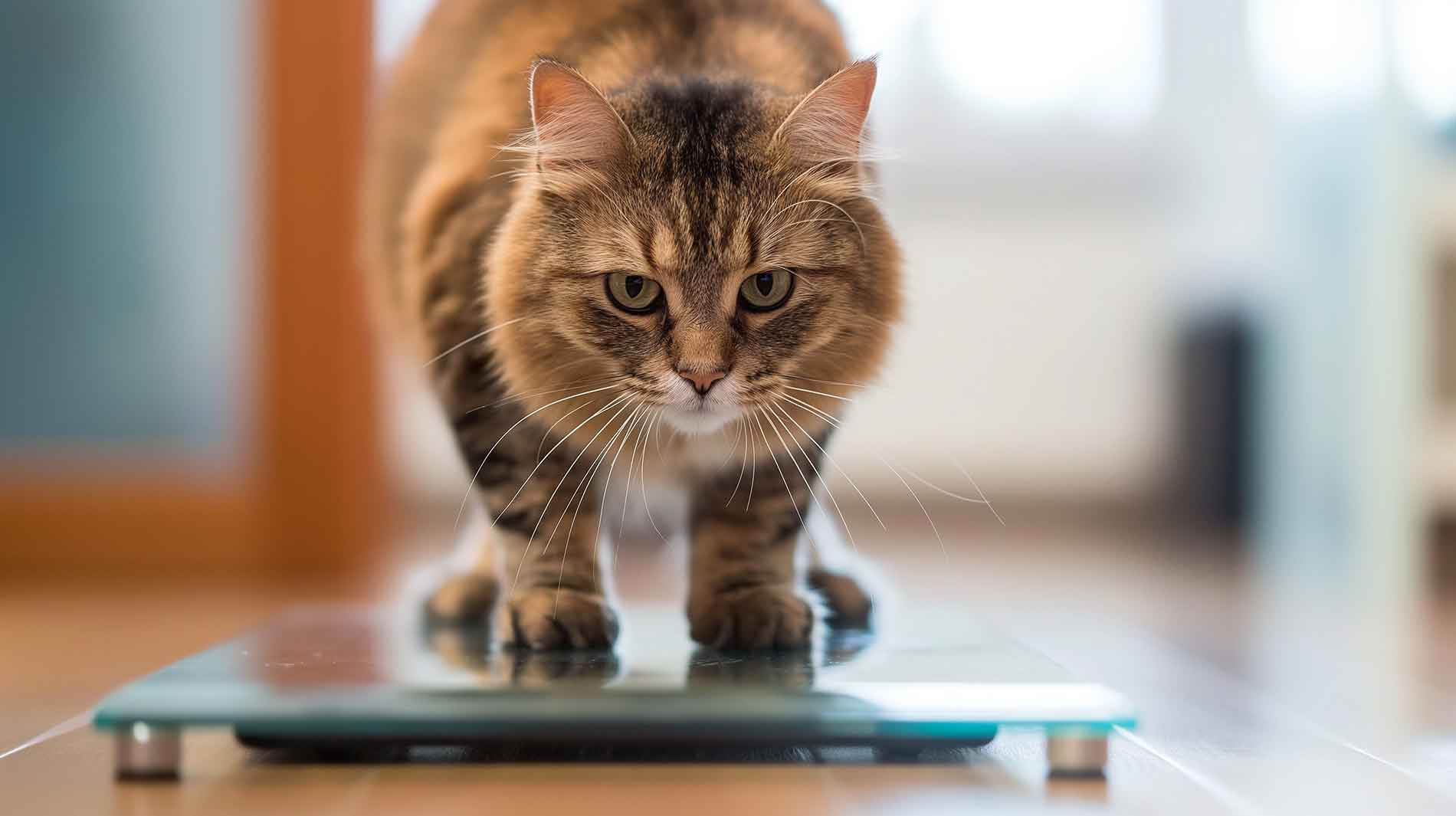To maximize the benefits of your cat’s diet, we’ll show you here how to compare the calories in different cat foods. Knowing which cat food is more energy-packed sounds like a win-win, right? But there’s a bit more to it, so let’s get right into it.
Why calories matter in cat food
First and foremost: Health
Both underfeeding and overfeeding can lead to health problems. Underfeeding can lead to malnutrition while overfeeding can result in obesity and its complications. By comparing the calories in cat food, you can find an excellent starting point for your darling’s perfect diet.
Quality Assurance
High-quality food usually provides more calories than food with less quality. Even though we have to say you need to compare foods within the same type. Comparing wet foods with other wet foods and dry foods with other dry foods can give hints as to which one has higher quality ingredients.
Cost-Effectiveness
Understanding the calorie content can also help you evaluate the cost-effectiveness of different cat foods. Some foods may seem more expensive upfront but are actually more calorie-dense, requiring smaller portions to meet your cat’s needs, potentially saving money in the long run.
How to prepare for comparing cat food calories
In the US, cat food labels may not always present calorie information in the most user-friendly way. You’re accustomed to seeing calories per cup or can, but for meaningful comparisons between different cat foods, grams are the way to go. This preference stems from the fact that researchers base most of their formulas on this measurement, making it the standard for calculating energy content in cat food. This guide will prepare you to use grams as your standard unit, ensuring accurate and useful comparisons between different cat foods.
Not only do you need to gain a basic understanding of what your fluffball needs, but you’ll also want to monitor her habits and body weight. This is the only way you will be able to tell if the amount of calories you are feeding is enough or too much/too little. Be aware that if you want to track this, you need to include all kinds of treats your cat gets. Here we will give you every piece of information you need in an easily understandable way.
The amount of calories needed depends on your cat’s energy level, age, breed, size, weight and activity level. Healthy cats that grew up as kittens with wet food and not with a lack of food usually have developed a good feeling of satiety. They can often decide for themselves how much they want to eat. If they were active for a day, this can also lead to more food. Sick cats, or cats that can’t, need your help. If your cat still gains too much weight, use our formula or get help from a cat nutritionist. These are preferable to a veterinarian because of their specialized training.
How to compare calories in different cat foods
1. Gather nutritional Information
For each cat food you’re considering, gather the nutritional information, including moisture, crude protein, crude fat, crude ash, and crude fiber contents. This information is typically found on the product’s label or its website.
2. Calculate the Metabolizable Energy (ME) for each food
- Calculate the carbohydrate content (NFE) of each food.
- Determine the Gross Energy (GE) for each.
- Calculate the Energy Digestibility (ED).
- Find the Digestible Energy (DE) for each.
- Calculate the Metabolizable Energy (ME) for each cat food option (in kcal per 100g).
For a detailed example and explanations of terms, you can head to our article about the best formula to calculate energy in cat foods.
3. Compare ME Values
With the ME calculated for each cat food, you can start to compare the energy content. This comparison will reveal which food offers more or less energy per 100 grams, helping you to make informed decisions about which food meets your and your cat’s requirements best.
Example of comparing two cat foods
Let’s say you’ve calculated the ME for two different cat foods, and you got:
- Cat Food A: ME = 113.7 kcal/100g
- Cat Food B: ME = 88.9 kcal/100g
For our 4 kilogram (8.8 pounds) cat, her requirement is 216 calories a day. If you want to find the energy requirement for your cat, you can do so with the table we mentioned before. Let’s use the following formula:
Your cat’s energy requirement (kcal/100g) / ME (kcal/100g) x 100
Cat Food A:
ME Cat Food A = 216 kcal/100g / 113.7 kcal/100g x 100
For Cat Food A (with an ME of 113.7 calories per 100 grams), you would need approximately 190 grams (6.7 ounces) of food per day.
Cat Food B:
ME Cat Food B = 216 kcal/100g / 88.9 kcal/100g x 100
For Cat Food B (with an ME of 88.9 calories per 100 grams), you would need approximately 243 grams (8.6 ounces) of food per day.
4. Compare price efficiency
Find the costs/kg, or costs/lb on the product’s price label or website. We’ll need to convert those to cost/g or cost/oz to see how much each food for our kitty costs each day. We’ll include how to get from ounces to grams as well.
1. Convert prices. Divide the price per kg, lb, or oz by the corresponding factor:
- There are 1,000 grams in a kilogram.
- There are 16 ounces in one pound.
- There are approx. 435.592 grams in one pound.
- There are approx. 28.35 grams in an ounce.
For Food A priced at $6.39 per pound or $14.1 per kilogram:
From price per pound to price per ounce
$6.39/oz / 16 = $0.40/oz
From price per kilogram to price per gram
$14.1/kg / 1,000 = $0.0141/g
From price per ounce price per gram
$0.40/oz / 28.35 grams = $0.0141/g
For Food B priced at $5.90 per pound or $13.10 per kilogram:
From price per pound to price per ounce
$5.90/oz / 16 = $0,37/oz
From price per kilogram to price per gram
$13.10/kg / 1,000 = $0.0131/g
From price per ounce price per gram
$0.37/oz / 28.35 grams = $0.0131/g
Food B is slightly cheaper per gram (and ounce) than Food A! BUT that’s not the whole story – you still need to multiply this value by how much of the food your cat needs daily (remember her daily food requirement).
2. Calculate the daily cost for each food. Multiply the cost per gram by the daily required grams:
Food A:
For using grams: $0.0141 x 190 g = $2.68/day
For using ounces: $0.40 x 6.7 oz = $2.68/day
Food B:
For using grams: $0.0131 x 243 g = $3.18
For using ounces: $0.37 x 8.6 oz = $3.18
The price of Cat Food A is $2.68 per day while Cat Food B costs $3.18 per day.
Cat Food B, while slightly cheaper per gram or ounce requires bigger amounts to meet the daily calorie requirement, so it ends up with a higher daily cost. Cat Food A provides more value for the price due to its higher energy density.
The priority is to ensure dietary variety for your cat, emphasizing the importance of providing a balanced nutrition that caters to all of her nutritional needs. Calculating the calories of cat foods helps prevent dietary deficiencies and promotes overall health. Alongside this, it’s crucial to feed your cat the right amount of food, aiming to maintain her optimal body weight and health status. The specific amount required can vary greatly, depending on factors such as her age, weight, neuter status, activity level, and any specific health concerns she may have.








